The Sewers Back-Up over White Europe
NEWS CENSORED BY STATE MEDIA ~ Migrants filmed gang rape of Belgian teen and posted videos on Snapchat; it is the second known gang rape in the same city now revealed. After disturbing reports of the gang rape of a 14-year-old Belgian schoolgirl by a gang of migrants […]














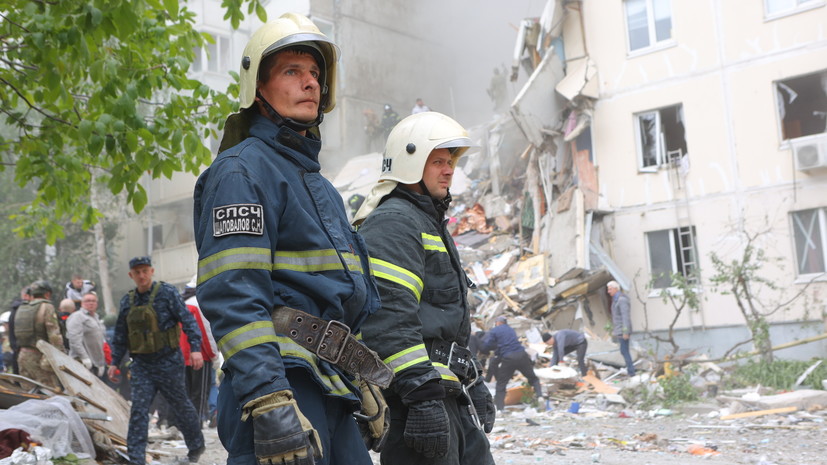
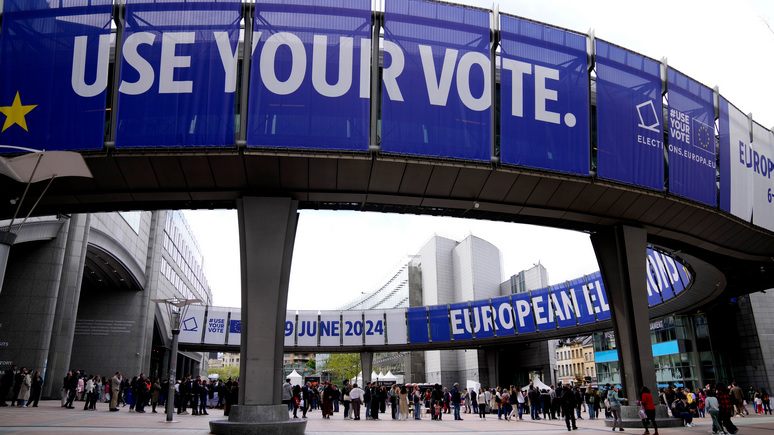
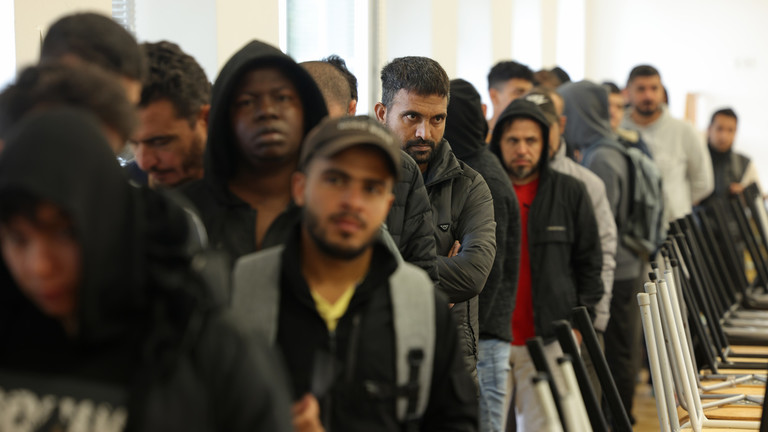


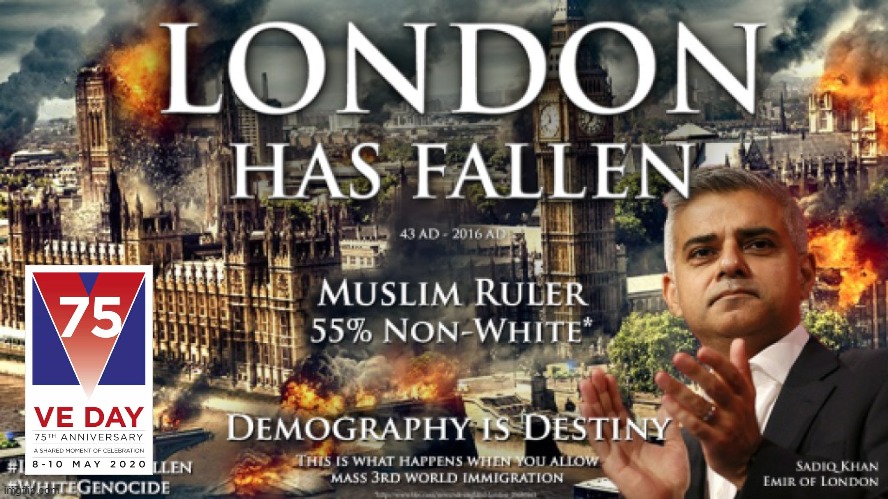
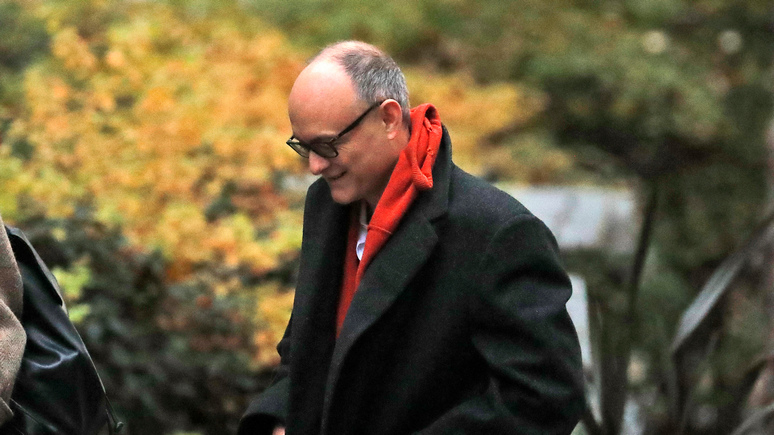
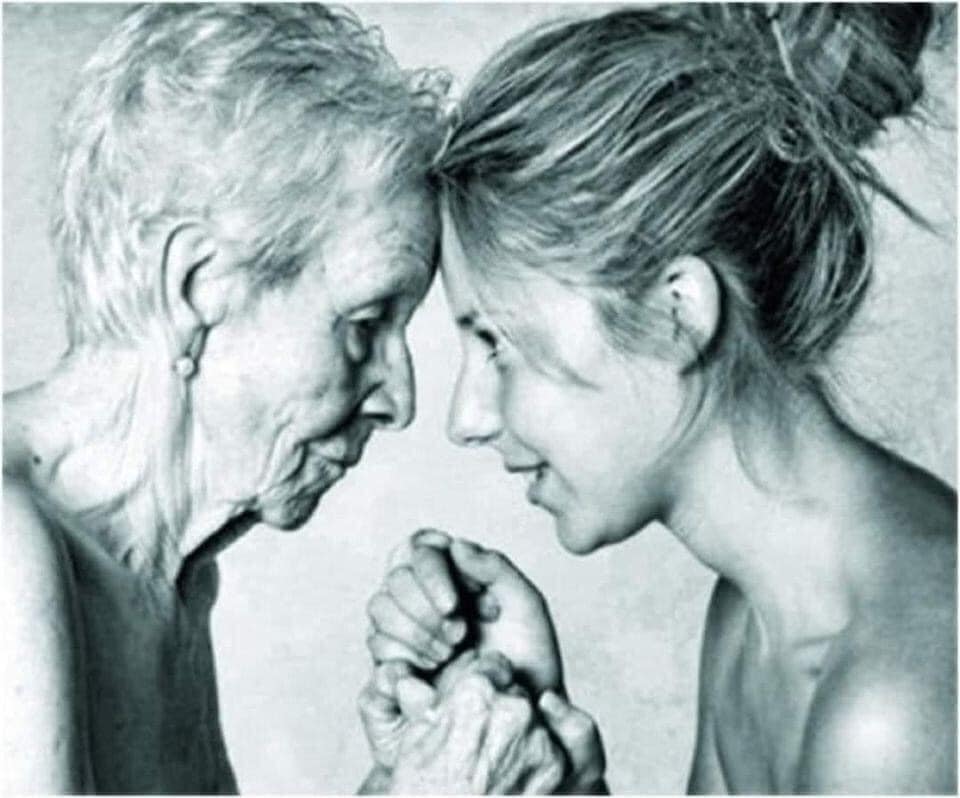


Recent Comments